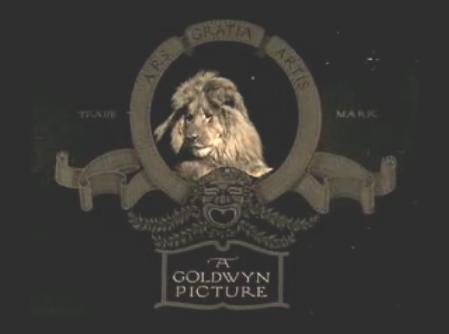As discussed
and predicted here in November 2013, Samsung's outside counsel
were found to have violated the Court's "Protective Order"
in the Apple patent litigation, but received nothing more than "public shaming" from a U.S. Judge.
To address the potential mishandling
of proprietary and confidential information during litigation, parties routinely stipulate to
entry of a “Protective
Order.”
This
stipulation takes the form of a Court Order which allows the parties and their
counsel to designate documents and information into categories or tiers.
When
documents contain highly sensitive information, such as pricing or key
licensing terms, the parties are usually able to mark documents as “Outside
Counsel’s Eyes Only,” and file such documents under a strict seal so the public
cannot get access through the Court’s docket.
Responsible
outside counsel take great pains to respect these orders, often at significant
cost and inefficiency. Multiple drafts of the same document must be created
and digital firewalls maintained with redactions and
password-protected file folders.
These
day-to-day procedures involved in handling competitors' sensitive data
can be onerous to the parties and their outside counsel litigating these
cases, but such measures are viewed as necessary to ensure that litigants feel
that their sensitive information is not being acquired by their competitors in
the guise of discovery exchange.
In the
now famous Apple/Samsung patent case, highly
confidential licensing terms were apparently contained in a draft expert report
on damages that was forwarded to Samsung’s internal personnel without any
redactions whatsoever.
The leak
of the confidential information only came to light after the case was
effectively over, when Samsung happened to be negotiating a license with third
party Nokia. According to testimony, a Samsung executive told Nokia
that he knew the terms of the Apple-Nokia license and was able to recite its
terms verbatim during the negotiation. Nokia told Apple, who
demanded a formal investigation.
After a
Court-ordered investigation, it became clear that Samsung’s outside counsel had
posted a draft of its expert’s report on a client file-sharing site that was
accessible by Samsung’s staff, and e-mailed instructions for accessing the
site, which included over fifty Samsung employees who were not permitted to
access the highly confidential information contained therein.
Samsung's
outside counsel essentially admitted that all of the above did indeed
occur, but denied that the violation was intentional. Samsung argued that no sanctions whatsoever are warranted, despite the harm to Apple
and the threat to the integrity of the discovery process.
Frequently,
outside counsel entering into the exchange of sensitive discovery materials
during intellectual property litigation are asked by their clients whether to
trust that the terms of protective orders are respected by their adversaries.
And the
standard response that outside counsel typically give to their clients is
supposed to allay their concerns: Any violations of the Protective
Order wil be swiftly punished by the Court, thus deterring misconduct.
Not this time.
The Judge found that the only appropriate punishment for Quinn is its "public shaming." Apparently, that shame will follow the firm all the way to the bank.
As we previously wrote, Americans live under a legal system that is far
too tolerant of discovery abuses.








